Are you on the lookout for houseplants that stand out with their distinctively spotted leaves? You’ve arrived at the perfect destination. Spotted leaf plants add a unique flair to your indoor garden, elevating it beyond the ordinary with their patterned foliage. These plants don’t just grow, they make a statement.
Table of Contents
1. Polka Dot Plant (Hypoestes phyllostachya)
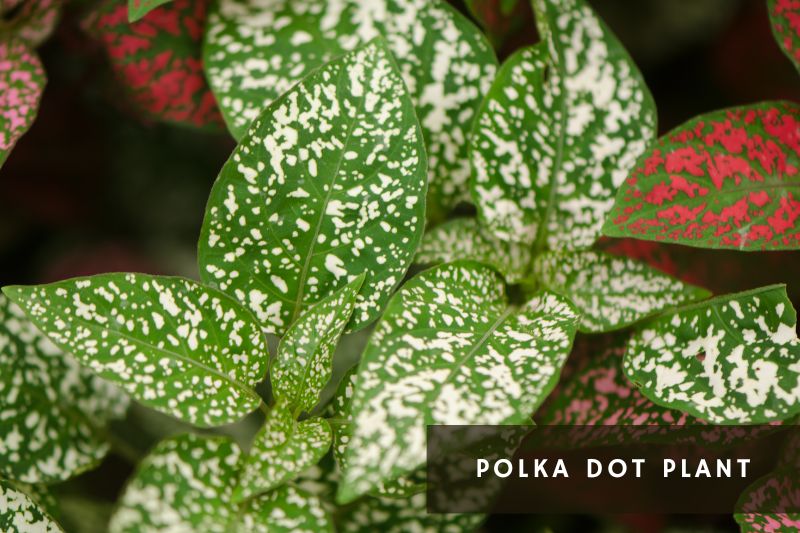
This small plant, native to Madagascar, is loved for its brightly spotted leaves. With color options like pink, red, or white spots on green leaves, it’s a lively addition to any indoor space.
Key Points:
- Watering tip: Prefers ‘sipping’ water rather than a ‘gulp’ – frequent, small amounts work best.
- Style hack: Great for DIY terrariums or fairy gardens. 1
- Debate point: Some say it’s too common, but its popularity underscores its appeal.
2. Polka Dot Begonia (Begonia maculata)

The Polka Dot Begonia is known for its elongated leaves covered in white spots, with a strong red underside. It’s not just visually appealing but also relatively easy to care for, thriving in indirect light.
Key Points:
- Victorian favorite: Begonias use to be a staple in Victorian-era glasshouses.
- Humidity lover: Mimics its native jungle environment when misted regularly.
- Controversial care: Known to be a ‘drama queen’ in fluctuating indoor climates.
3. Gold Dust Dracaena (Dracaena surculosa)
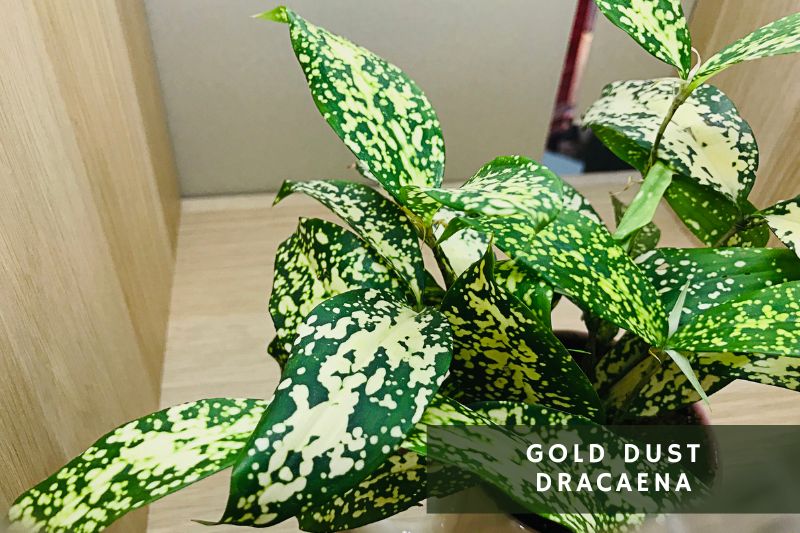
This tropical evergreen has green leaves sprinkled with yellow spots, resembling ‘gold dust.’ An excellent plant for filtering indoor air, it tolerates a range of growing conditions.
- Growth quirk: Sometimes mistaken for a ‘fake’ plant due to its perfect spots.
- Feng shui favorite: Believed to attract wealth in Feng Shui practices.
- Point of debate: Some argue it’s too ‘trendy’, while others love its stylish look.
4. Spotted Laurel (Aucuba japonica)
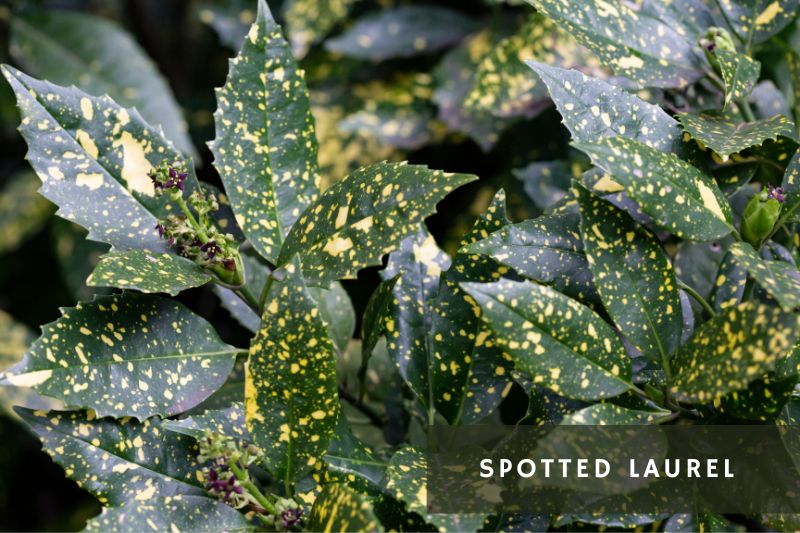
Known for its large, green leaves with yellow or gold spots, Spotted Laurel is a sturdy plant that can tolerate low light and neglect. Native to Japan, it’s well-suited for indoor conditions with proper care.
Key Points:
- Shade lover: Thrives in shady corners where other plants may struggle.
- Toughness: Known for its resilience in less-than-ideal conditions.
- Berries: Female plants produce bright red berries.
5. Gold Dust Croton (Codiaeum variegatum)
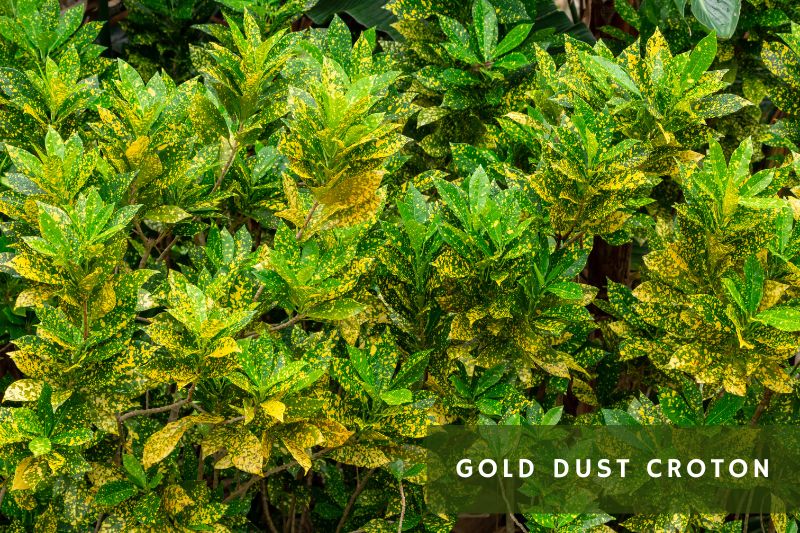
This Croton variety dazzles with a mix of green, yellow, and occasional red leaves, all sprinkled with spots. It prefers bright, indirect light and requires specific temperature and humidity levels.
Key Points:
- Colorful personality: Known for its mood-boosting color variations.
- Care challenge: Can be finicky, making it a badge of honor for experienced gardeners.
- Controversial pick: Loved for its beauty, but some find it a bit too high maintenance.
6. Spotted Evergreen (Aglaonema costatum)
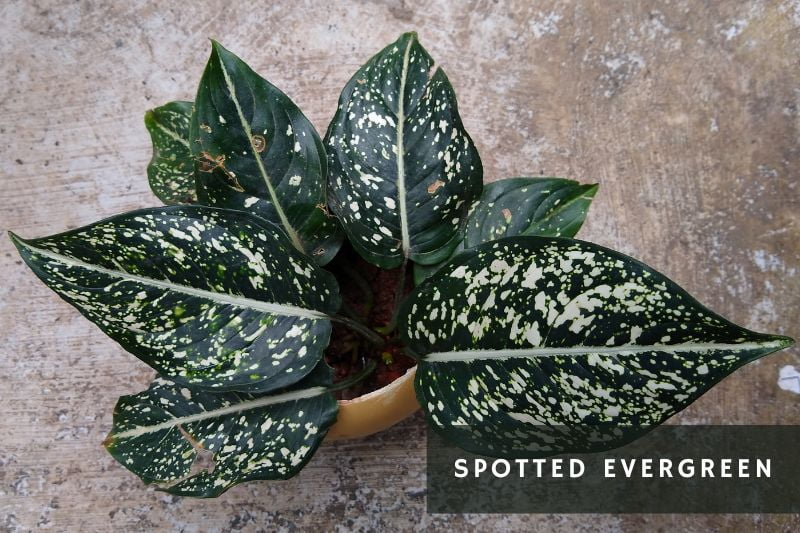
This plant boasts broad, elongated leaves with a blend of green and silver spots. It’s adaptable and forgiving, making it excellent for beginners or those without much time for plant care.
Key Points:
- Versatility: Fits in both modern and traditional decor.
- Low light champion: One of the best plants for dimly lit rooms.
- Pattern Variation: Leaf patterns can vary significantly between plants.
- Symbol of luck: Often considered a good luck charm in many cultures. 2
Learn more:
There are so many types of Aglaonema out there it can be hard to pick your fave! Make sure to check our list of Aglaonema varieties for some inspiration!
7. Caladium ‘Red Star’ (Caladium hortulanum)
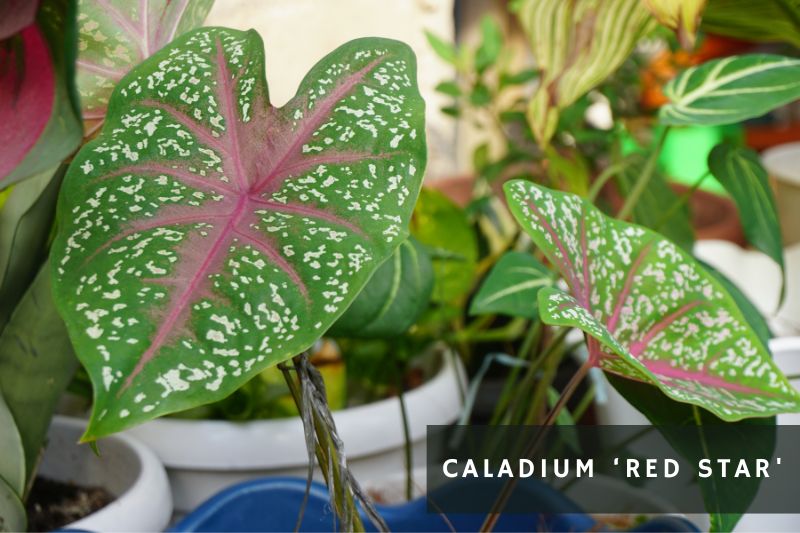
The Caladium ‘Red Star’ offers a stunning mix of red, pink, and green foliage, complete with specks and spots. It requires high humidity and moderate temperatures.
Key Points:
- Showstopper: Known for its dramatic and colorful appearance.
- Humidity lover: Thrives in a rainforest-like environment.
- Historical use: Once a prized plant in Victorian glass gardens.
8. Satin Pothos (Scindapsus pictus)
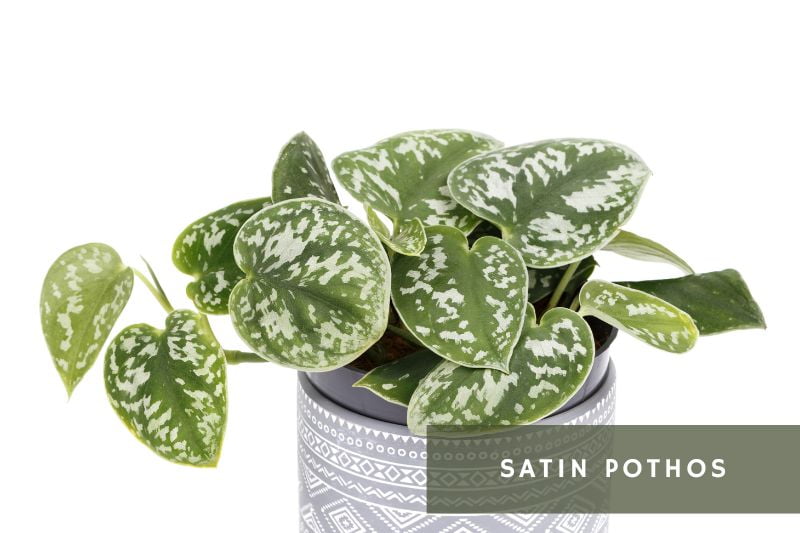
The Satin Pothos features velvety, heart-shaped leaves dotted with silver or white spots. This plant is closely related to the true Pothos and offers similar ease of care.
Key Points:
- Growth pattern: Can be trained to climb or allowed to trail.
- Ideal for hanging: Perfect for creating an indoor jungle vibe with hanging baskets.
- Quiet air purifier: Gently cleans the air with minimal care.
9. Rattlesnake Plant (Goeppertia insignis)
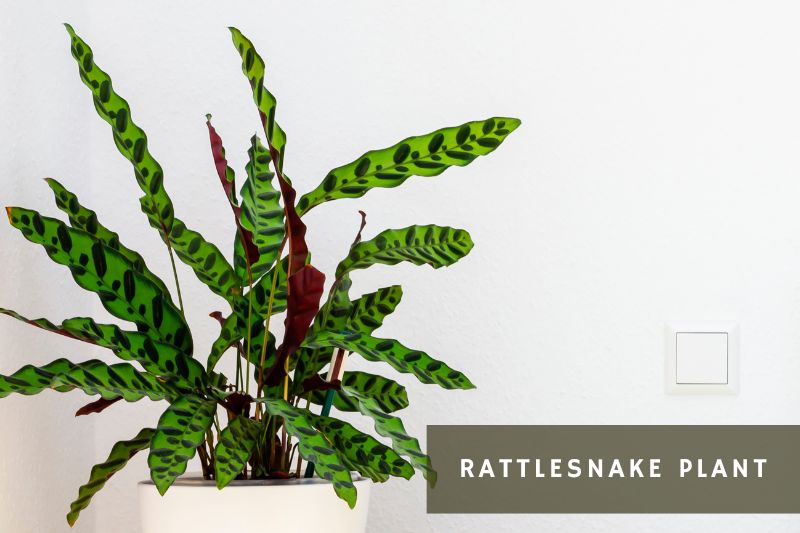
This unique Calathea variety has green leaves with darker spots in a pattern resembling a reptile’s skin. It’s not the easiest plant to care for, as it requires high humidity and dislikes temperature fluctuations.
Key Points:
- Humidity dependent: Loves a steamy, tropical-like environment.
- Flair for drama: Known for its fast response to light changes, leaves move overnight.
- Love-hate relationship: Its finicky nature divides opinions among plant lovers.
10. Dumb Cane (Dieffenbachia seguine)
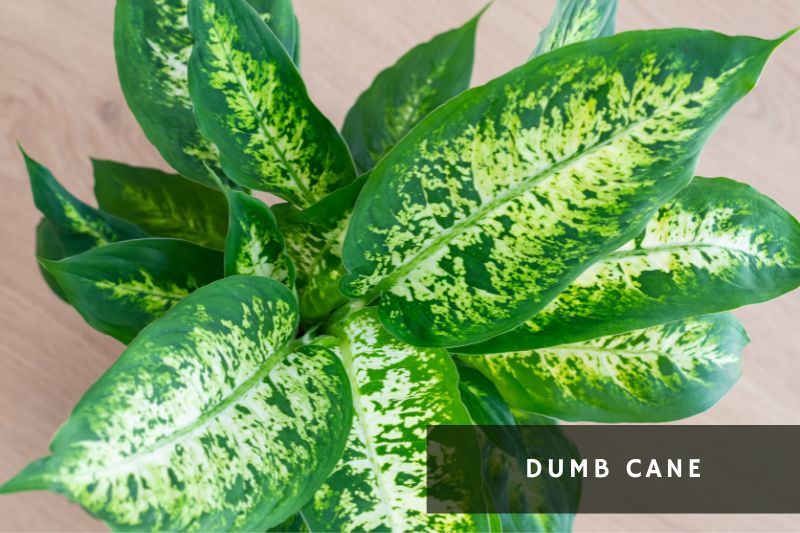
Dumb Cane plants are known for their broad leaves with a mix of green and white spots and patterns. They are easy to care for but should be handled cautiously due to toxic sap.
Key Points:
- Bold statement: Its large leaves make a dramatic visual impact.
- Toxicity warning: Sap can cause irritation, handle with care.
- Forgiving nature: Tolerant of occasional neglect.
Learn more:
Check out our Dumb Cane care guide for more information on how to grow this spotted beauty!
11. Leopard Lily (Ledebouria socialis)
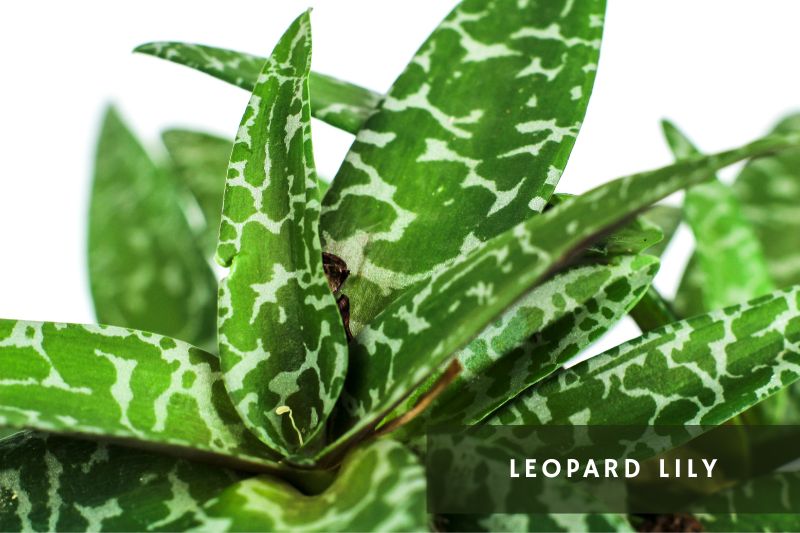
The Leopard Lily, not a true lily, has slender, lance-shaped leaves with silver or gray spots. This drought-tolerant plant is both attractive and easy to care for, making it a great choice for busy plant parents.
Key Points:
- Drought resilience: Stores water in its bulbs, reducing watering needs.
- Compact: Ideal for small spaces and desktops.
- Historical value: Used in traditional medicine in some cultures. 3
12. Cast Iron Plant ‘Milky Way’ (Aspidistra elatior ‘Milky Way’)

This unique variety of Cast Iron Plant has dark green leaves speckled with small, white dots. True to its name, it’s a hardy plant that can withstand a wide range of conditions.
Key Points:
- Survivor plant: Known for its ability to endure neglect.
- Starry foliage: Speckled pattern resembles a night sky.
- Design debate: Loved for its toughness, but some find it lacks flair.
13. Ox-Tongue (Gasteria gracilis)

Ox-Tongue is a slow-growing succulent that has thick, dark green leaves covered in white spots. It’s easy to care for and can tolerate lower light conditions than most other succulents.
Key Points:
- Unique texture: Leaves have a rough, tongue-like feel.
- Ideal for beginners: Very forgiving and low-maintenance.
- Uncommon choice: Adds diversity to a succulent collection.
14. Spotted Adromischus (Adromischus maculatus)
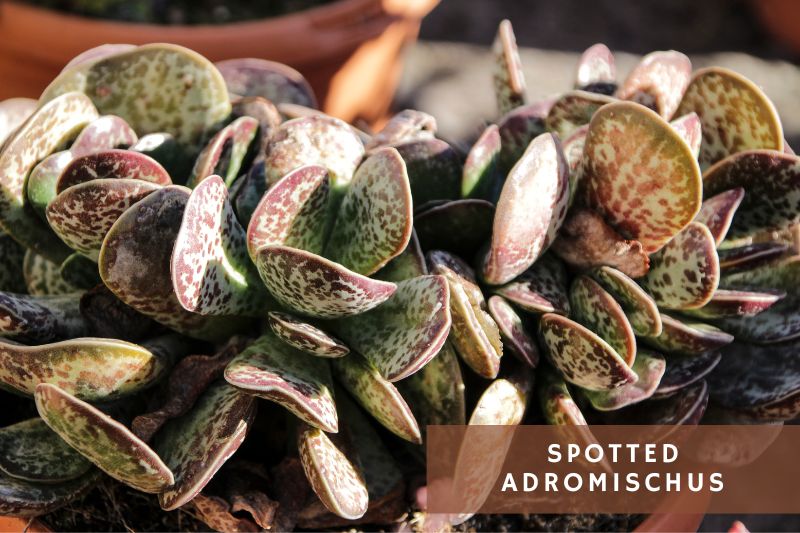
This small succulent has rounded leaves with dark spots. The Spotted Adromischus is a unique addition to any succulent collection, preferring well-draining soil and plenty of light.
Key Points:
- Rare find: Not commonly seen in typical plant collections.
- Sun lover: Thrives with ample light exposure.
- Divided opinions: Its peculiar look is either loved or dismissed.
15. Monstera ‘Thai Constellation’ (Monstera deliciosa ‘Thai Constellation’)

This unique Monstera variety has large, glossy leaves with creamy-yellow spots. It’s a top choice for Monstera enthusiasts and relatively easy to care for.
Key Points:
- Trendsetter: Highly sought-after for its unique variegation.
- Statement piece: Ideal for creating a focal point in any room.
- Growth habit: Can reach impressive sizes with proper support.
- Controversial rarity: Its rarity and price point are topics of lively discussion. 4
Learn more:
And if you’re a fan of Monstera plants, make sure to give our article about Monstera varieties a read!
Conclusion
Selecting the ideal houseplant for your living space can be an adventure with so many choices at your fingertips. I hope this curated selection of plants with spotted leaves has provided you with valuable insights and inspiration for your next leafy bud.
And if your curiosity for distinctive foliage is still piqued, you can always explore further. Check our my guide on houseplants with striped leaves for more intriguing options. Whether you’re drawn to the elegant stripes or other unique patterns, I am here to help you find your perfect plant match.
- “Polka Dot Plant Terrarium.” Blooming Biomes, Accessed 29 November 2023. https://bloomingbiomes.com/polka-dot-plant-terrarium/ ↩︎
- “Chinese Evergreen Meaning & Symbolism.” Petal Republic, Accessed 28 November 2023. https://www.petalrepublic.com/chinese-evergreen-meaning/ ↩︎
- “Ledebouria Socialis – Traditional Medicinal Uses.” Sustainable Bioresources, Accessed 29 November 2023. https://sustainablebioresources.com/plants/plant-families/asparagaceae/ledebouria-socialis/ ↩︎
- “Monstera Constellation.” CBC News, Accessed 28 November 2023. https://www.cbc.ca/news/canada/new-brunswick/monstera-constellation-1.6716469 ↩︎

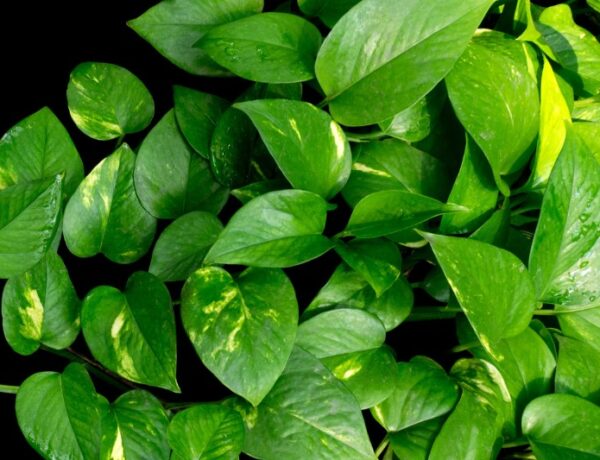
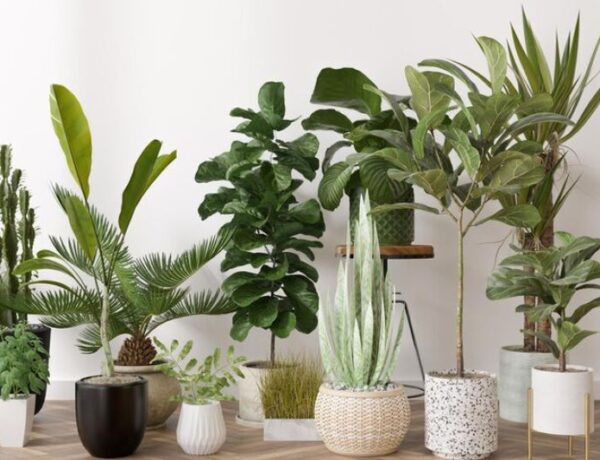
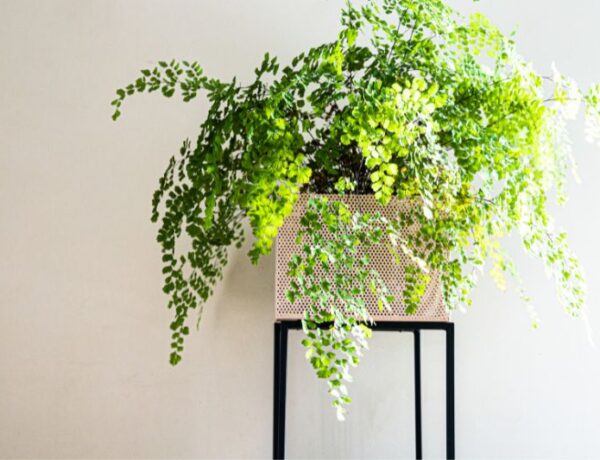


No Comments